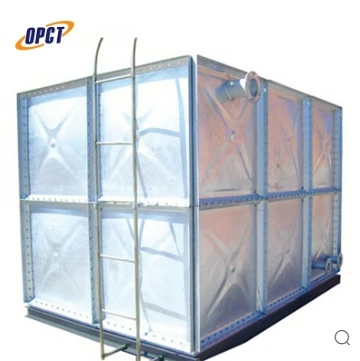


Understanding FRP Cables A Comprehensive Overview
Fiber Reinforced Polymer (FRP) cables are a cutting-edge solution in the field of construction and civil engineering, providing significant advantages over traditional steel and concrete materials. These cables, composed of a polymer matrix reinforced with fibers—typically glass, carbon, or aramid—are gaining popularity due to their unique properties and versatility. This article will delve into the characteristics, applications, benefits, and future prospects of FRP cables.
Characteristics of FRP Cables
FRP cables exhibit several key characteristics that distinguish them from conventional materials. First and foremost, they are lightweight, making them easier to handle and install. This attribute is particularly beneficial in applications where weight is a constraint, such as in bridges or high-rise buildings.
Another significant characteristic is their high tensile strength. FRP cables can withstand substantial loads without deforming, which makes them ideal for use in tension applications like stay cables and suspension bridges. Moreover, they have excellent corrosion resistance due to the non-metallic nature of their composition. Unlike steel cables that can rust and degrade over time, FRP cables can endure harsh environmental conditions without requiring extensive maintenance.
Additionally, FRP cables exhibit minimal thermal expansion, reducing the risk of structural damage due to temperature changes. This property is especially useful in regions subject to dramatic temperature fluctuations. Furthermore, their electrical insulation capacity makes them suitable for sensitive applications where electromagnetic interference could be an issue.
Applications of FRP Cables
The versatility of FRP cables allows them to be employed across various industries. One of the most prominent applications is in the construction of suspension bridges and cable-stayed bridges. Engineers utilize FRP cables to improve the overall longevity of these structures while reducing the overall weight, which is crucial for maintaining stability.
In the telecommunications sector, FRP cables are used for reinforcing overhead power lines and communication lines. Their non-corrosive properties ensure that these cables will maintain performance over time, offering a long-lasting solution for networks reliant on visual and audio transmission.
The automotive and aerospace industries also benefit from FRP technology. Here, cables are used to reinforce vehicle components, enhancing structural integrity while reducing overall weight, which improves fuel efficiency and performance.

Benefits of FRP Cables
The advantages of utilizing FRP cables in various applications are multifaceted. Firstly, their lightweight nature not only simplifies transportation and installation processes, but also contributes to overall cost savings in construction and engineering projects.
Secondly, the impressive tensile strength and durability of FRP cables lead to reduced maintenance costs over the lifespan of structures. Since these cables resist corrosion and other forms of degradation, they can significantly lower the total cost of ownership in long-term projects.
Moreover, the reduced weight of FRP cables contributes to higher efficiency in design principles, allowing for more innovative architectural solutions. Engineers can more freely explore designs that would otherwise be impractical with traditional materials.
Future Prospects
As technological advancements continue to push the boundaries of materials science, the future for FRP cables looks promising. Ongoing research aims to improve the performance characteristics of these cables, expanding their applications in various domains. The development of hybrid cables, combining different types of fibers or integrating smart materials, is an area of active exploration.
In addition, the growing emphasis on sustainable construction practices is likely to propel the demand for FRP cables. As industries recognize the environmental benefits of using lightweight, durable materials that require less energy for manufacturing and transportation, FRP cables are positioned to take center stage in future infrastructure projects.
Conclusion
In summary, FRP cables represent a transformative technology in engineering and construction. Their lightweight, durable, and corrosion-resistant properties make them suitable for a wide range of applications, from bridges to telecommunications. As the industry continues to evolve, FRP cables are set to play an increasingly crucial role in meeting the demands of modern construction while promoting sustainability. With ongoing research and development, the future of FRP cables appears bright, promising innovative solutions for tomorrow’s engineering challenges.